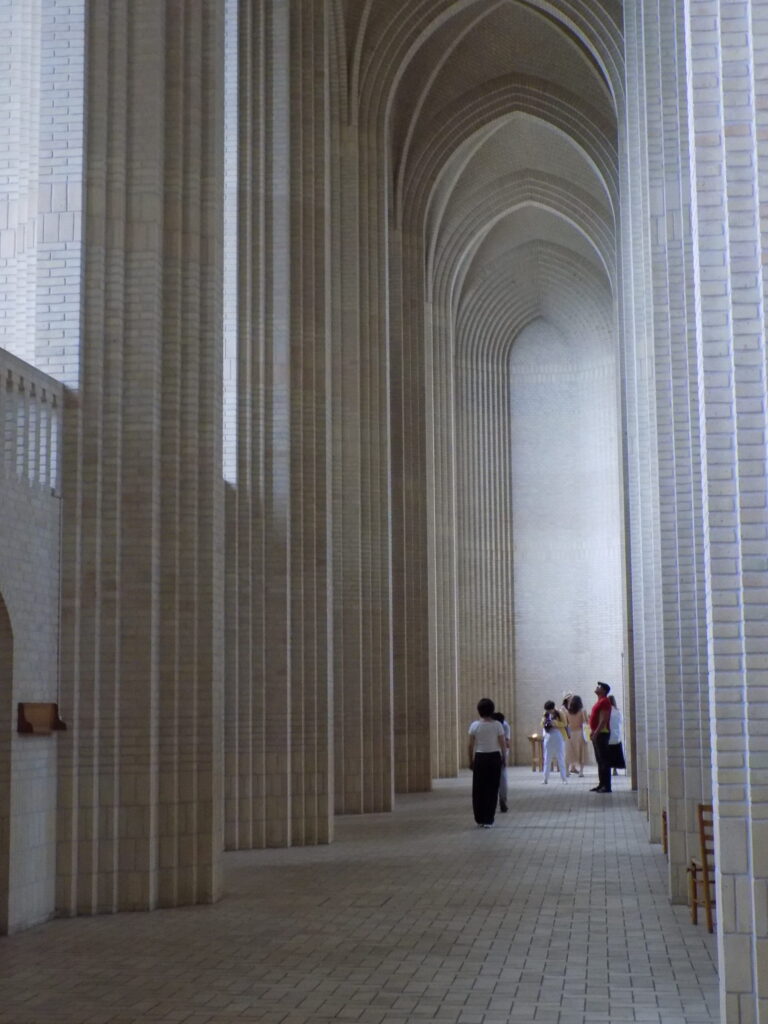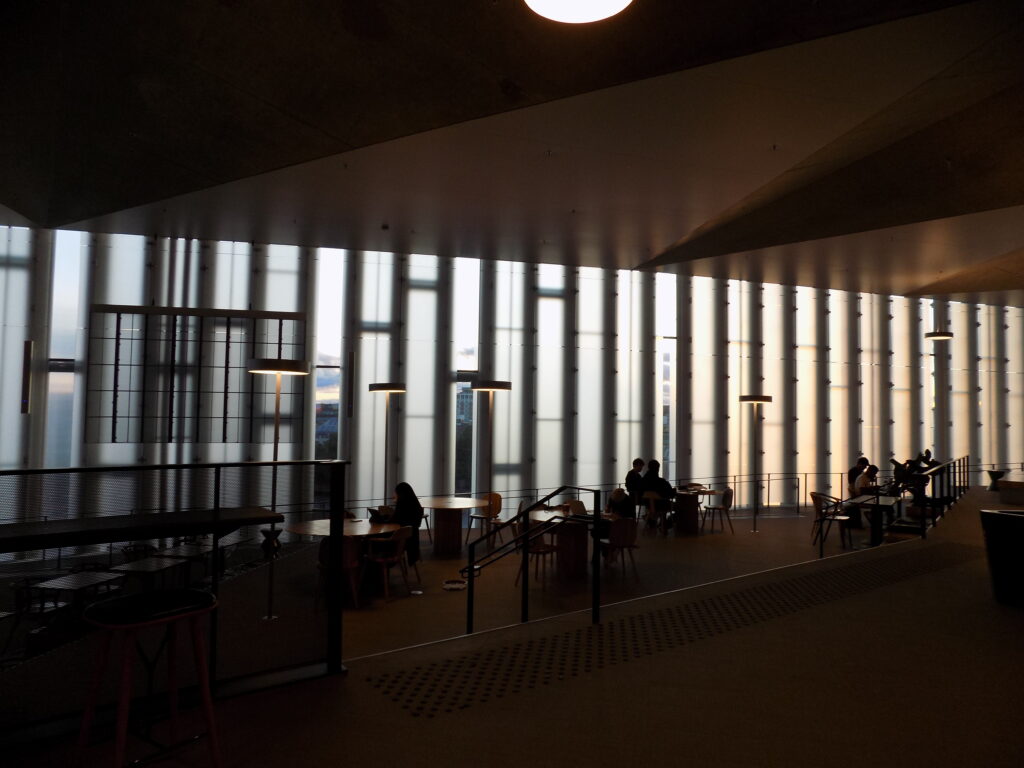6 November 2025
Between Light and Darkness – A Journey to Daylight in the North
3 a.m. At a small German train station. Darkness everywhere. I am waiting for the train that will take me to Copenhagen. I believe light is only something that brightens rooms. At that moment, I can’t imagine that this journey will change the way I see light, architecture, and life. As the train rolls north, I begin to travel not only across borders, but toward an understanding of daylight itself. I am leaving the dark completely behind – or so I thought.
People’s affection for light
I start by pointing my camera at buildings, but soon I realize it is light that gives them life. People have always tried to draw the day indoors – and the first thing they mention when talking about daylight are their windows. A woman near Lund proudly shows hers, saying they make her feel “more alive.” In Stockholm’s German Church, a sexton tells me her favorite moment is when colored rays fall through stained glass and paint the walls: “No chandelier can replace that” (left photo below). In Copenhagen’s Grundtvigskirke, light and brick alone create an atmosphere so magnetic that even the church servant speaks of it with reverence (right photo below).
What they all share is a deep, often unconscious affection for natural light.
Light as Culture
In the north, where seasons swing between long summer days and short winter twilights, people celebrate light. They dance on Midsummer’s Eve, rejoice when the sun returns – but also accept its absence. An old Swedish song, a librarian tells me, praises the sun that “comes back to wake the world.” In Scandinavia, natural light is both identity and culture.
Architecture and Daylight as a Resource
Scandinavian architecture and urban planning treat daylight as a precious resource. An urban planner in Oslo explains that buildings are intentionally kept lower to let sunlight reach the streets. A sustainability manager shows me how daylight can be used for thermal regulation, making buildings more energy-efficient. Young architects design homes without artificial light by shaping rooms with rounded corners and reflective surfaces, even experimenting with the northern aurora to illuminate living spaces. Entire university programs are dedicated to light design, proving that daylight is being rediscovered as an essential architectural material.
At Oslo’s Deichman Library, natural light provides both illumination and warmth, inviting people to linger, read, or study by the windows (left photo below). Locals tell me that in winter, the Opera House becomes a place to gather and “sunbathe” when the low sun touches its roof (right photo below).
The Rhythm of Day and Night
In the north, people are not only aware of daylight, but also of its absence. Long nights are not just darkness, but a matter of wellbeing. Cities are designed openly, with light guiding people through the winter gloom. Yet too much artificial illumination creates light pollution, and modern life often neglects the natural rhythm of day and night. A young architect in Oslo tells me: “To live well with light, we must also learn to design for the dark.” I realize that darkness is not light’s enemy, but its necessary companion; and it gives daylight its meaning.
Future solar societies
Scandinavia gives us a starting point to build future solar societies: designing with the sun, not against it. Buildings can become living interfaces between light and dark, energy, wellbeing, and culture. By observing how Scandinavians design with daylight, we can imagine integrating it into everyday life – from homes and schools to streets, workplaces, and public spaces – to create environments that nurture people and the planet. We must stop taking natural light for granted, and start seeing it as something to design with and protect it. Daylight is a free, renewable, life-enhancing resource and in a future solar society, we can try to live in harmony with natural rhythms, allowing light and darkness to coexist in balance.
My journey ends at a bus station, surrounded by day. This time, I know that daylight is precious, but darkness will return, and both are worth embracing to live in a natural rhythm.
So if you ever find yourself waiting in the dark at 3 a.m., take it as an invitation: your own journey to daylight might be about to begin.
About the Project
From mid-July to mid-August 2025, I explored how daylight and darkness shape architecture and human experience – focusing mainly on Copenhagen, Oslo, and Stockholm. To gain a broad and personal perspective on this topic, I interviewed professors, visited museums, and engaged with locals I met along the way. I investigated how people design, live, and feel in relation to natural light, and how this influences well-being and cultural identity. This project, supported by the zis Foundation for Study Trips, highlights the potential of daylight to guide sustainable, human-centered architecture and future solar societies.





This text really touched me. I love how you describe light not just as something physical, but as something deeply emotional and cultural. It makes me want to pay more attention to the light around me.
Fascinating text. Didn’t knew you were an aspiring writer and poet.